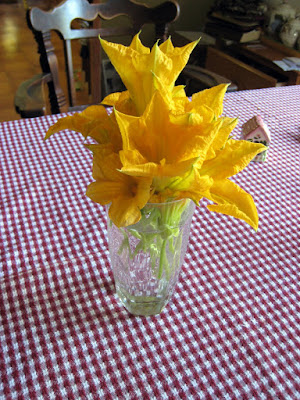I would like to put some low growing evergreen bushes in front of the porch, but for now I am only going to refurbish this bed with existing plants. I dug up a few scraggily things that needed more sun and moved them elsewhere, then I dug up the clumps of Cast Iron Plant and spread them out in the middle of the bed. From another location I dug up about a foot sized clump of Liriopie. This was enough to spread all along the edge of the bed. Now both the Cast iron Plant and the Liriopie will thicken and spread. They are both evergreen so, until I can get some bushes in the back, my bed will look still full from the street even in the winter.
I bought a one gallon pot of Cast iron Plant 6 years ago. I took that clump from the old house and broke it up into 5 clumps for the front of this house. Now four years later I have spread three of those clumps out on this side of the porch (I still have to do the other side). This is one way to make gardening economical, by taking advantage of plants that can be divided. My two other favorite dividing plants are Irises and Day Lilies. I also take advantage of bulbs that divide such as daffodils, Joseph's and Ox Blood Lilies, grape Hyacinths, and spring and autumn crocus, as well as saving seed every year from many of my flowers.
Giant Pink Autumn Crocus
Golden Rod gift from the birds.
Yellow Autumn Crocus in front of the Pyracantha.
I have forgotten the name of this already. It is a spreading ground cover for under the pink Knockout roses.
Lantana
My first cup of tea from the herbal tea garden. I realize now that if you are going to be cutting a lot on something you need to plant a lot more than you would think. In this picture the blue flowers are Borage flowers with a borage leaf on bottom of the pile, the white and yellow ones are Camomile, and the ferny sprig is fennel. It was a good cup of tea!
Four-O'clocks. Pyracantha on left.
Four O'clocks.
Morning Glory.






















